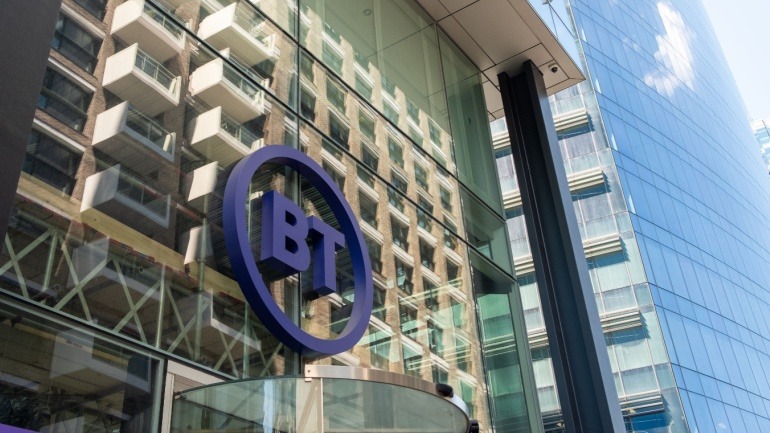Hyperoptic has secured a significant £150 million investment from the UK Infrastructure Bank (UKIB), aimed at accelerating their ongoing fibre-to-the-home rollout across the UK. This latest funding increases the company’s total raised this year to £255 million, bringing overall funding to a considerable £1.1 billion. Earlier this year, a report mentioned that Hyperoptic was pursuing an additional £500 million to further fuel their expansion.
Interestingly, this investment comes at a time when funding in fibre projects has generally slowed. The new financial support signifies firm backing for Hyperoptic’s business strategy. CEO Dana Tobak CBE expressed the company’s mission since its foundation in 2011: “We’ve been on a mission to bring ultra-reliable, hyperfast full fibre broadband to businesses and consumers across urban areas and new developments in the UK. We’re acutely aware of the government’s target to achieve 99% gigabit-capable broadband coverage by 2030 and, as an industry, we still have some way to go to achieve it.”
The strategic support from UKIB and other investors will empower Hyperoptic to continue their award-winning gigabit-capable broadband services. Ian Brown, Head of Banking & Investments at UKIB, emphasized the broader economic implications: “Reliable internet connectivity is increasingly important to participate in the modern economy and drive forward the UK’s net zero and regional growth ambitions. Our investment in Hyperoptic will ensure that the scale and pace of the full fibre rollout is sustained, specifically in those areas where it’s needed the most.”
Since its launch, Hyperoptic has become one of the most prominent altnets in the UK. Their full fibre network currently passes 1.73 million homes and serves about 340,000 customers. The company aims to increase these numbers to 2 million homes and 500,000 customers by the end of the year. The new funding signifies a much-needed revival, especially after job cuts last year and a prolonged building timeline due to challenging operational environments.







